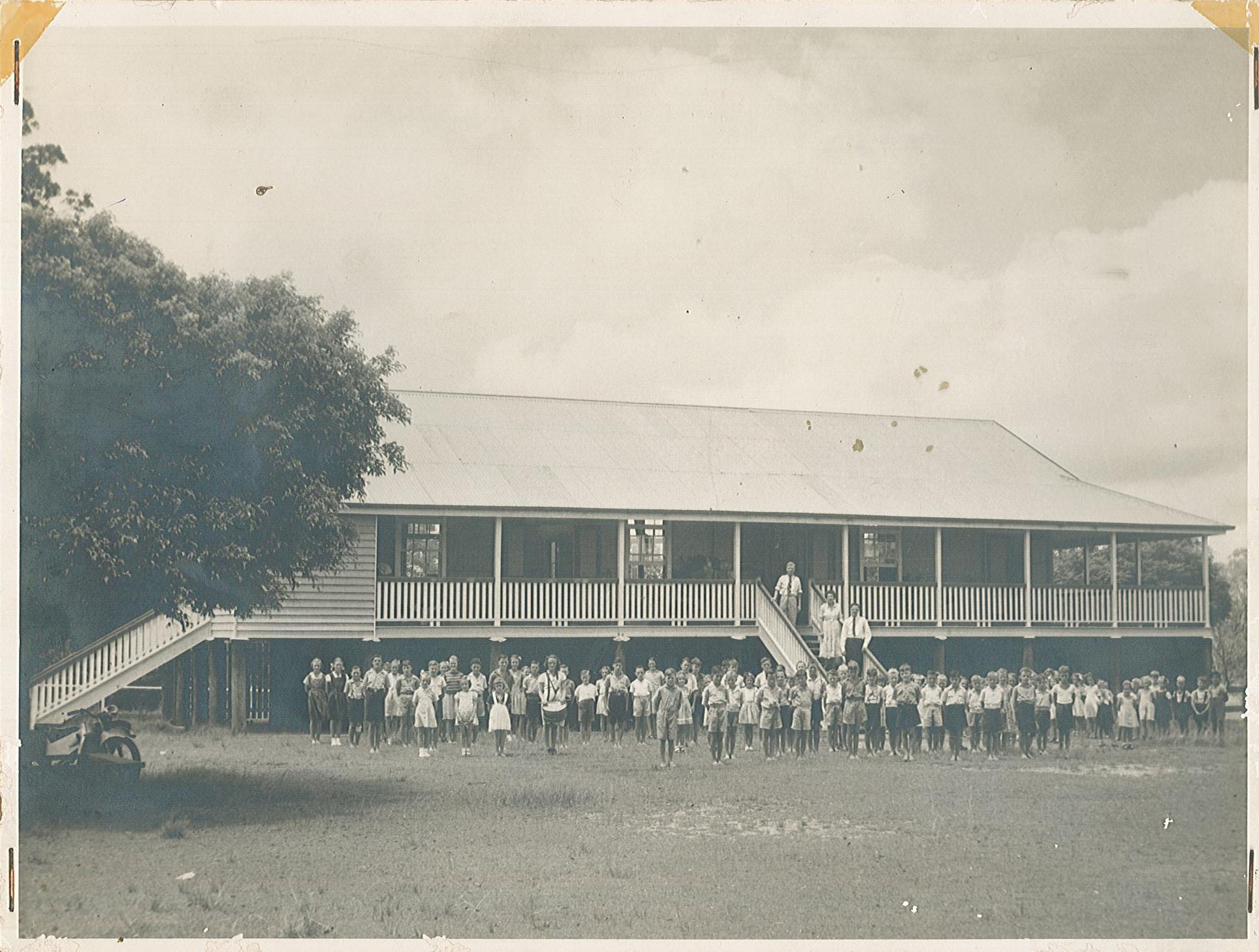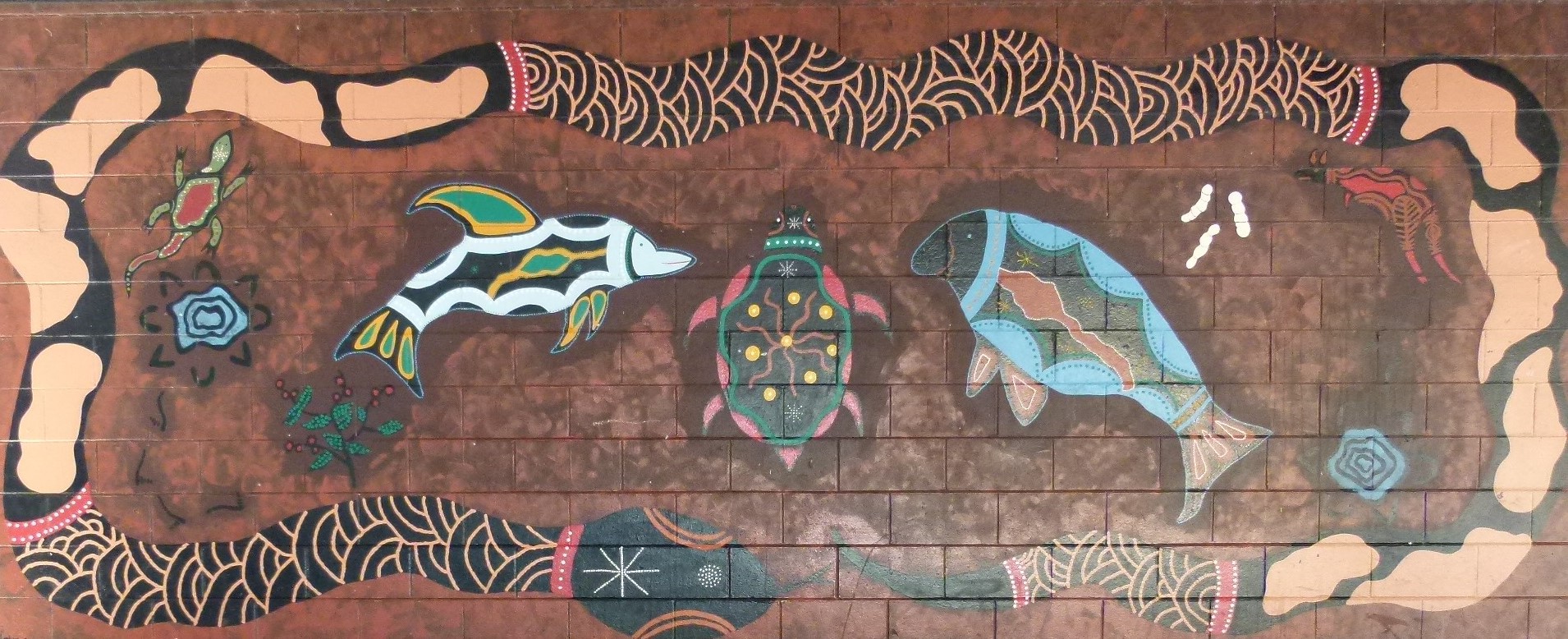About our district
Tingalpa is a suburb of Brisbane, located near the southern end of the Gateway Bridge, halfway between Brisbane City and Wynnum. Modern residences and shopping centres occupy the land that once grazed dairy cattle, grew sugar-cane and supplied clay for brick making. Modern transport travels the route used by coaches to Cleveland. A modern hotel stands where the old Royal Mail Hotel stood, probably the oldest hotel in the district. Local residents believe this is the 'half way' house where it is claimed that the coach horses were changed in both the inward and outward journeys.
The name Tingalpa comes from the native words 'Tinggal' meaning fat and 'Pa' meaning the place of: the place of fat (plenty). For the Aboriginal peoples of the area it was a cornucopia with much food around the many freshwater billabongs and the creek. The history of Tingalpa is closely linked with that of Hemmant, Murarrie and Lytton.
About the school
On the 1 August 1870, Mr. W. R. Wood, a farmer in the Tingalpa district, wrote to the Board of Education on the necessity of providing a school for the area. The community raised funds to purchase the original 2 acres and construct a temporary school.
The School was opened on 1st August 1873 with the first Head Teacher being Mr. Bernard McGouran. It is reported that there were 50 pupils on the roll and, by June 1874, the enrolment had increased to 99. It is also said that many of the first students came to school to learn to speak English as the local Aboriginal dialect was more commonly used.

An entirely new school was built in 1923. It formed part of the Administration block that was removed in 2009 when the school facilities and buildings were refurbished, upgraded or replaced.
Tingalpa State School’s First Nation’s mural, painted by Nancy Torrens) reminds us of Tingalpa’s proud history and the importance of recognising the traditional custodians of the Tingalpa area, the Quandamooka people. Whenever we have a special event we acknowledge that the land upon which the school is built was once an area of water holes and an abundance of plant and animal life.
In the First Nation’s mural you can see the snake, which is a totem of the Tingalpa area. The turtle, dolphin and dugong link Tingalpa to the sea. The kangaroo, goanna, witchetty grubs and wild bush orchid represent the abundance of animal and plant life in Tingalpa.

If you look closely at the painting you will see curved symbols (representing woman) and sharp symbols (representing man) surrounding each water hole. There are also footprints leading from each water hole. This depicts Tingalpa as a meeting place where people would gather together regularly.
Tingalpa was known as a meeting and gathering place where people lived in balance with their environment. It was our original caring community and this sense of a community gathering place lives on today at our school, as it is the heart of our caring community.